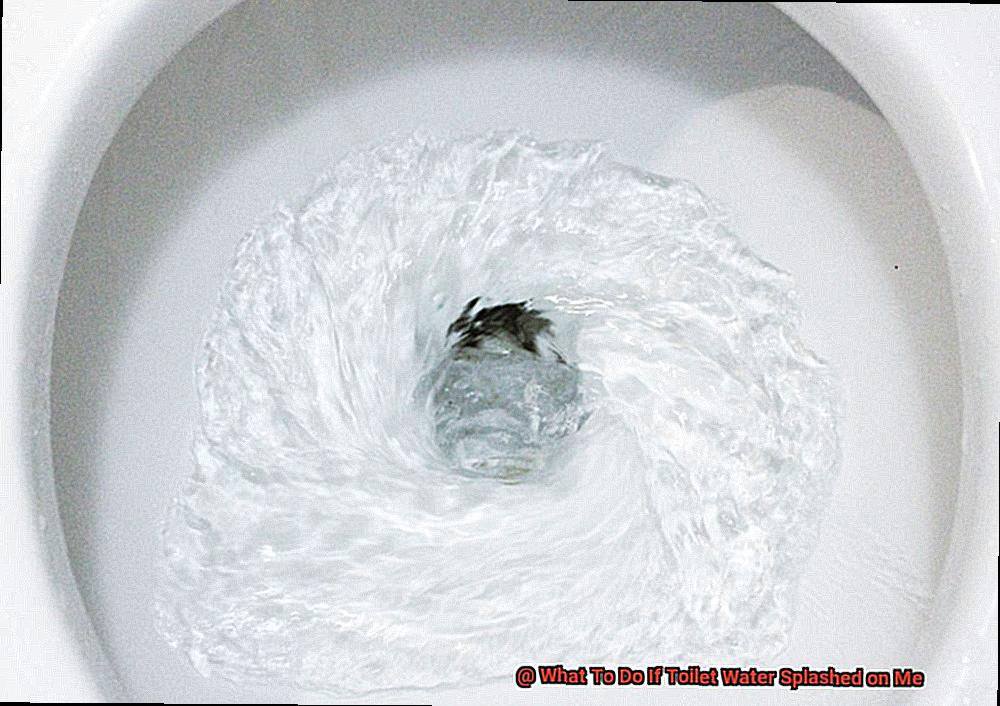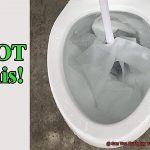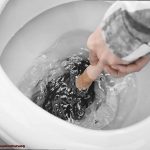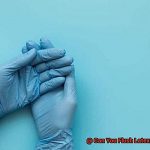Have you ever felt the sudden, unwelcome sensation of toilet water splashing onto your skin? It’s undoubtedly a jarring experience that can leave you feeling grimy and repulsed. However, don’t let the initial shock overwhelm you. There are several steps you can take to clean yourself up and safeguard against potential health hazards.
It’s crucial to understand that toilet water often harbors harmful bacteria and viruses, especially if someone has recently used the restroom. These microorganisms can cause infections or illnesses if they enter your body through open wounds or ingestion. So, if you’ve been splashed, don’t ignore it and hope for the best – take action immediately.
One of the most effective ways to address this situation is by washing the affected area thoroughly with soap and warm water. This will help eliminate any harmful bacteria or germs present on your skin. Additionally, consider using a sanitizing spray or wipe to disinfect the area further and kill any remaining pathogens.
But what happens if you’re not at home when this occurs? Don’t fret – there are still options available. You can use hand sanitizer or wipes to clean the area temporarily until you have access to a sink for proper washing.
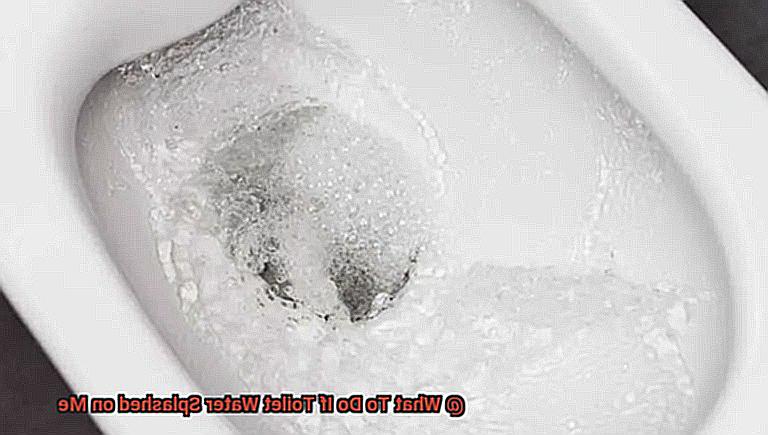
Ultimately, preventing unwanted encounters with toilet water requires practicing good hygiene habits and being mindful when using public restrooms. By following these tips, you can remain clean and healthy even after an unpleasant incident involving toilet water.
Contents
What Happens When Toilet Water Splashes on You?
Few things can ruin your day like getting splashed with toilet water. The unexpected and unpleasant encounter can be gross, but it can also be potentially hazardous. Toilet water contains a variety of bacteria that can cause infections and illnesses. According to the National Science Foundation, flushing a toilet can release tiny droplets of water into the air that can travel up to six feet away from the toilet.
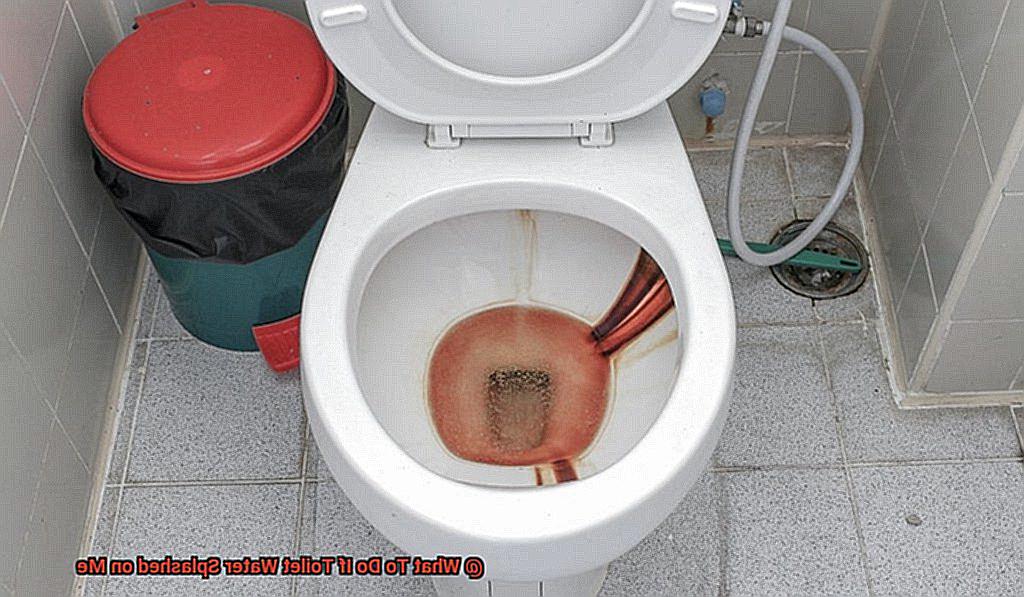
These droplets can land on your skin or clothing, transferring harmful bacteria such as E. coli, salmonella, and norovirus. These bacteria can cause gastrointestinal infections, skin infections, and even respiratory infections if inhaled. So, what should you do if toilet water splashes on you?
First, don’t panic. While it’s not a pleasant situation, prompt action can help prevent any potential health risks. The first thing to do is to remove any contaminated clothing immediately. If the splash was significant, you may need to take a shower or bath to fully clean yourself. Use soap and warm water to thoroughly cleanse your skin, paying special attention to the affected areas.
After cleaning yourself up, it’s crucial to disinfect any surfaces that may have come into contact with the contaminated water. This includes the toilet bowl itself, nearby floors, and any objects or furnishings in the immediate area. You can use a solution of bleach and water for this purpose or a commercial disinfectant product.
It’s also important to monitor yourself for any signs of infection following exposure to toilet water. Symptoms like fever, nausea, vomiting, and diarrhea may indicate that you have contracted a bacterial or viral infection. Seek medical attention immediately if these symptoms persist or worsen over time.
To prevent toilet water from splashing on you in the first place, consider closing the lid before flushing. Also, washing your hands thoroughly after using the bathroom can help reduce the risk of exposure to harmful bacteria in toilet water.
Immediate Steps to Take
It’s not a situation anyone wants to find themselves in, but if toilet water has splashed on you, taking immediate action is essential for your health and safety. Here are some vital steps to take:
First things first – wash the affected area thoroughly with soap and water. This will help to remove any bacteria or germs that may have come into contact with your skin. For added disinfection, consider using an antiseptic solution or wipe.
Next, remove any soiled clothing immediately and wash them. If you don’t have clean clothes to change into, wrap yourself in a towel or a clean sheet until you can get new clothes.
After cleaning up, make sure to flush the toilet. This will help to remove any remaining bacteria or germs from the toilet bowl.
It’s important to keep an eye out for any symptoms such as nausea, vomiting, fever, or diarrhea after coming into contact with toilet water. If you experience any of these symptoms, it’s crucial to seek medical attention immediately.
Once you’ve taken care of yourself, it’s time to clean and disinfect the area where the incident occurred. Use a disinfectant cleaner to thoroughly clean the toilet seat, lid, and surrounding areas.
Remember, prevention is key when it comes to avoiding future incidents like this. Always make sure to close the toilet lid before flushing, avoid leaning over the toilet bowl, and practice good hygiene habits such as washing your hands regularly.
Cleaning Yourself Up
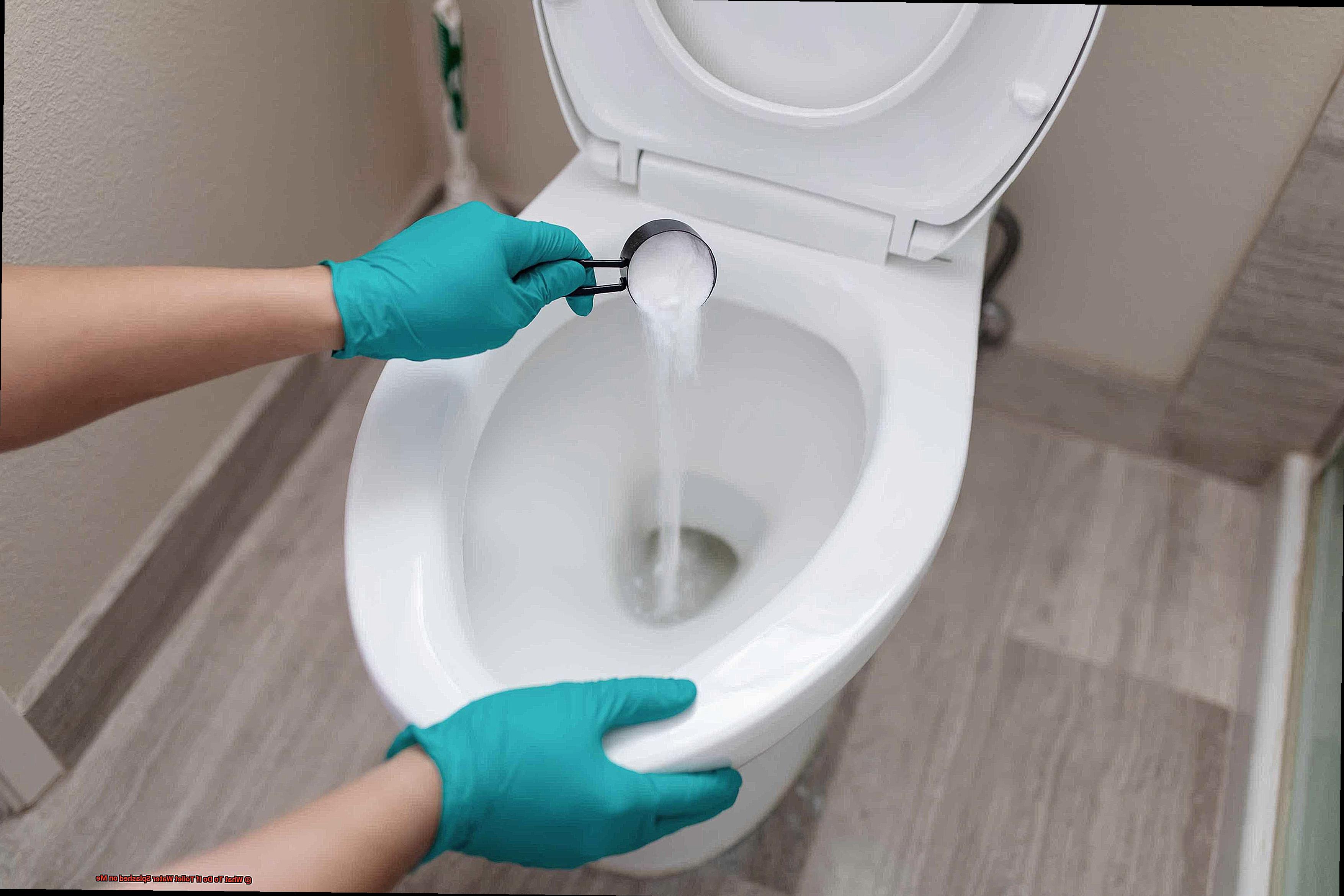
We’ve all been there – the dreaded toilet water splash. It’s not only unpleasant but also poses a significant risk to your health as it can spread bacteria and germs. Fear not, though, as cleaning yourself up after a toilet water splash is crucial for maintaining good hygiene. Here are the steps you should take.
Step 1: Remove any soiled clothing
The first step is to remove any clothing that has come into contact with the water. Place them in a plastic bag for washing later.
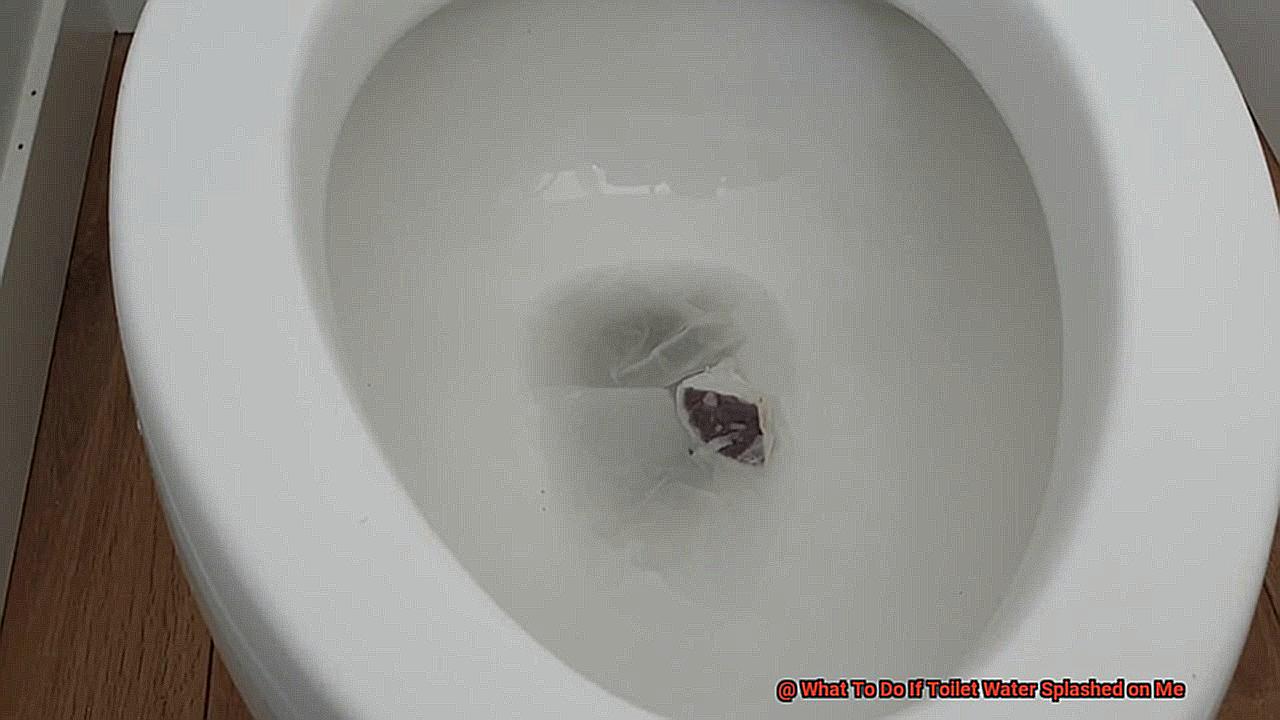
Step 2: Wash your hands
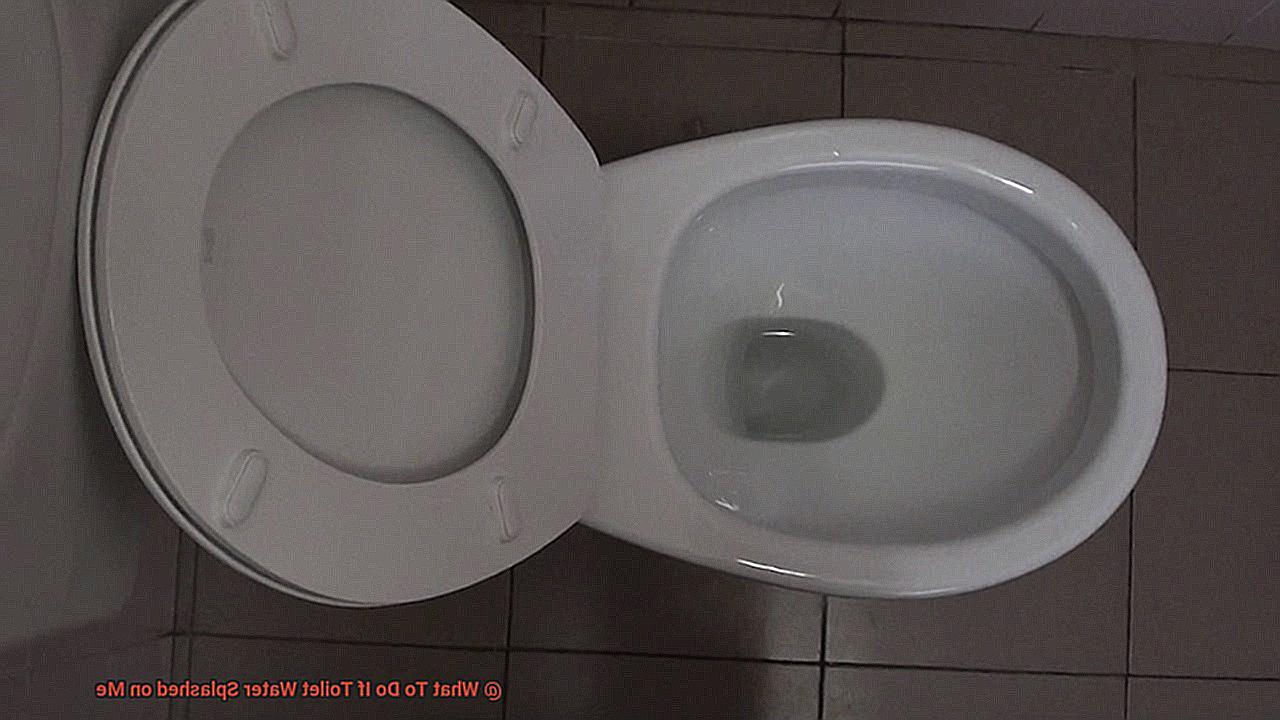
Before proceeding with cleaning yourself up, wash your hands thoroughly with soap and warm water for at least 20 seconds. This simple step can prevent the spread of harmful bacteria and germs.
Step 3: Clean the affected area
Using a wet wipe or damp cloth, clean the affected area thoroughly. Remember to clean from front to back to avoid spreading bacteria from the anal area to the urethra or vagina. If you don’t have a wet wipe, you can use toilet paper, but make sure to use more than usual and wet it with warm water before cleaning.
Step 4: Rinse and dry the affected area
After cleaning, rinse the affected area with warm water and dry it with a clean towel. Avoid using shared towels or cloths as they can spread germs and bacteria.
Step 5: Apply an antiseptic or antibacterial cream
To prevent infection, apply an antiseptic or antibacterial cream to the affected area.
In conclusion, cleaning yourself up after a toilet water splash may seem like an unpleasant task, but it is essential for your health and hygiene. Remember to wash your hands before and after cleaning yourself up and use disposable wipes or toilet paper if possible. By following these steps, you can effectively prevent the spread of bacteria and germs.
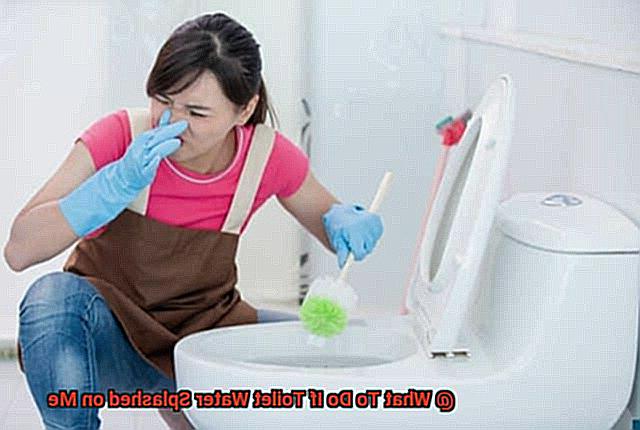
Disinfecting Surfaces
Let’s face it, toilet water splashes are not only unpleasant, but they can also pose a health risk. That’s why it’s crucial to take immediate action to protect yourself and others from harmful bacteria and germs.
The first step in dealing with toilet water splash is identifying the surfaces that were affected by the splash, such as floors, walls, or any nearby objects. Once you’ve identified these surfaces, it’s time to thoroughly clean and disinfect them.
To disinfect surfaces effectively, it’s important to use a cleaning solution specifically designed for this purpose. Common household disinfectants like bleach or hydrogen peroxide can do the trick, but make sure to dilute them according to the instructions on the label to ensure safety and effectiveness. It’s also crucial to wear gloves and protective clothing while cleaning and disinfecting surfaces to avoid direct contact with any potentially harmful substances.
When disinfecting surfaces, pay special attention to high-touch areas like door handles, faucets, and light switches. These areas are more likely to harbor bacteria and germs, so disinfect them regularly to prevent the spread of illness. And remember to use disposable paper towels or disinfectant wipes instead of reusable cloths or sponges to avoid cross-contamination.
By taking appropriate cleaning measures, you can eliminate any potential health risks and maintain a clean and healthy environment.
Monitoring for Signs of Infection
Toilet water splashes are not just unpleasant, they can also be a serious health hazard. Harmful bacteria and viruses such as E. coli, salmonella, and norovirus can be present in toilet water, which can lead to infections if not monitored for signs of infection.
To start, it’s essential to clean the affected area with soap and warm water as soon as possible. This step helps to eliminate any harmful bacteria or viruses that may be on your skin. After cleaning, keep a watchful eye on the area for any signs of infection such as redness, swelling, or a rash. If you notice any of these symptoms, it is crucial to seek medical attention immediately.
In addition to monitoring the affected area, it’s equally important to keep an eye on your overall health. If you develop symptoms like fever, nausea, vomiting, or diarrhea, it could be an indication that you have contracted an infection from the toilet water. In such cases, it is vital to seek medical attention without delay.
It’s worth noting that some individuals are more susceptible than others to infections from toilet water splashes. For instance, people with weakened immune systems or open wounds on their skin should be especially careful and take extra precautions while monitoring for signs of infection.
Remember that prevention is always better than cure. Make sure you clean the affected area thoroughly and monitor your health closely to minimize the risk of infection. If in doubt, don’t hesitate to seek medical attention right away.
Seeking Medical Attention
Toilet water splashes are not only unpleasant but can also pose a serious health risk. Fecal matter contains harmful bacteria and viruses that can cause infections, making it essential to seek medical attention in certain circumstances.
If you have any open cuts or wounds on your skin that have come into contact with contaminated water, seeking medical attention immediately is crucial. The bacteria present in fecal matter can easily infect the wound and lead to severe health problems if left untreated.
Moreover, experiencing symptoms such as fever, diarrhea, vomiting, abdominal pain, or other signs of infection after exposure to toilet water require immediate medical attention. These symptoms may indicate that you have contracted an illness from the contaminated water and require prompt treatment.
Even if you do not have any visible cuts or wounds, cleaning the affected area thoroughly with soap and water is crucial to prevent the spread of bacteria. It’s always better to err on the side of caution and seek medical attention if you’re concerned about the potential for infection.
In conclusion, your health and well-being should always be your top priority. Seeking medical attention after coming into contact with toilet water may seem embarrassing or uncomfortable, but it’s vital to avoid serious health problems. By being cautious and taking steps to prevent the spread of bacteria, you can reduce your risk of developing severe illnesses as a result of exposure to contaminated water.
K62t6_aGkoc” >
Conclusion
In conclusion, a toilet water splash is not only unpleasant but also poses a significant health risk. The bacteria and viruses present in toilet water can cause infections and illnesses, making it crucial to take immediate action to clean yourself up and disinfect any affected surfaces.
To start with, wash the affected area thoroughly with soap and warm water. For added disinfection, consider using an antiseptic solution or wipe. If you’re out and about, use hand sanitizer or wipes until you have access to a sink.
Good hygiene habits are always essential when using public restrooms. Remember to close the lid before flushing, avoid leaning over the toilet bowl, and wash your hands thoroughly after using the bathroom.
If you’ve been splashed with toilet water, remove any contaminated clothing immediately and wash them. Disinfect any surfaces that may have come into contact with the contaminated water such as the toilet bowl itself, nearby floors, and any objects or furnishings in the immediate area.
Lastly, monitor yourself for signs of infection following exposure to toilet water such as fever, nausea, vomiting, and diarrhea. Seek medical attention immediately if these symptoms persist or worsen over time.
By following these steps and maintaining good hygiene practices when using public restrooms, you can prevent future incidents involving toilet water splashes while promoting a clean and healthy environment for yourself and others.

